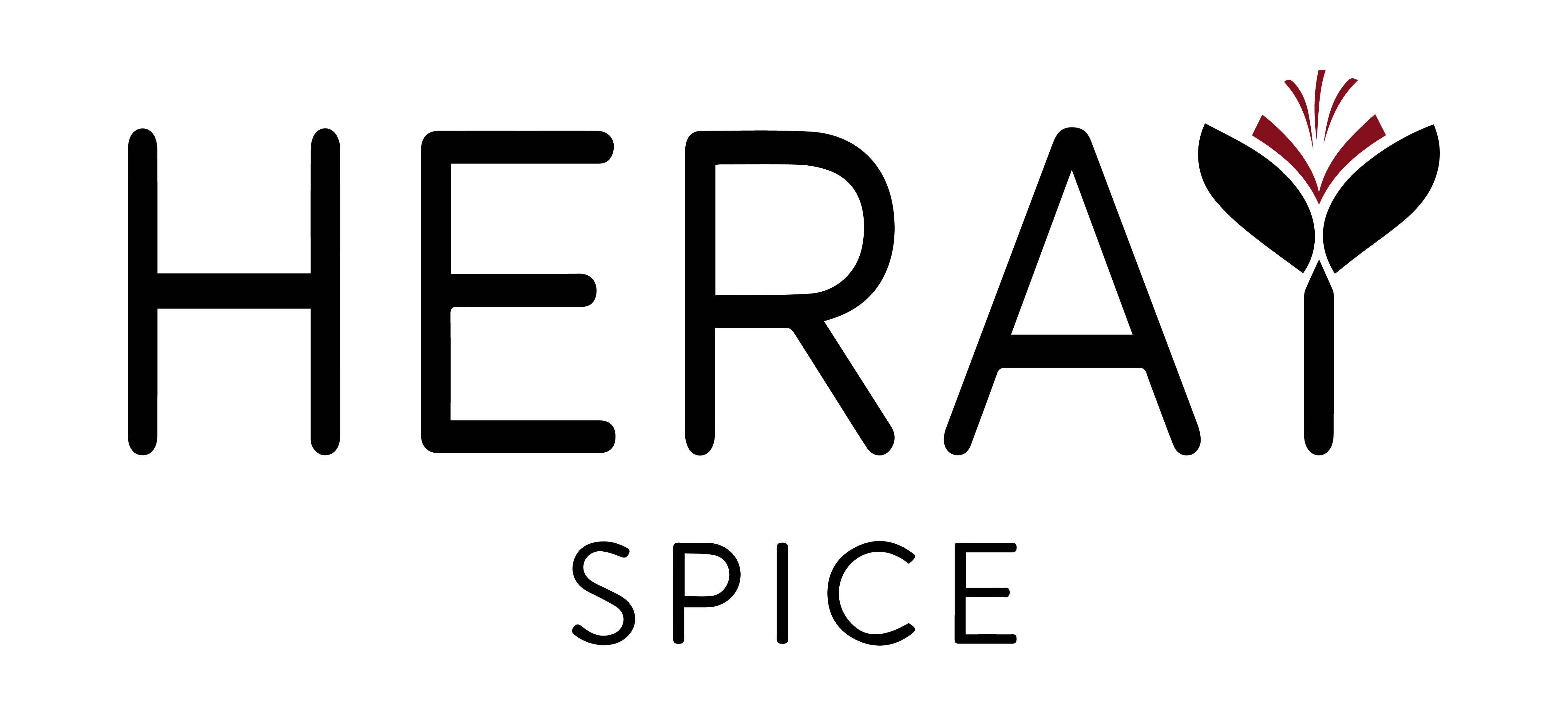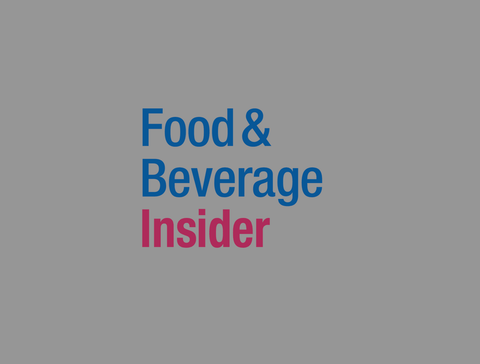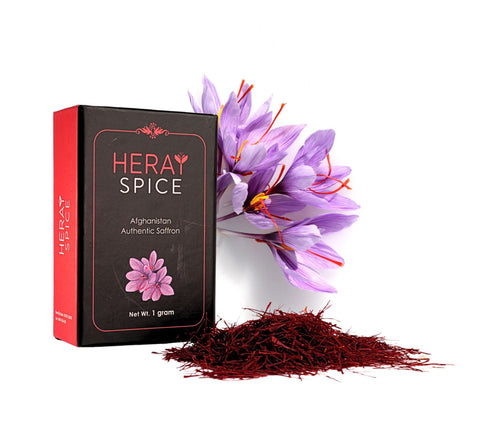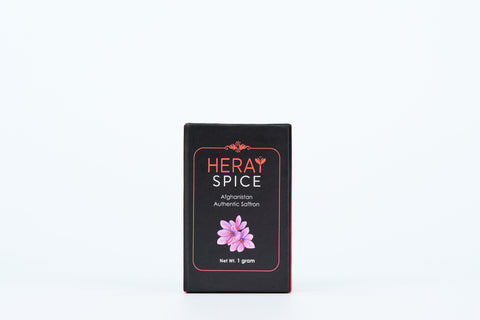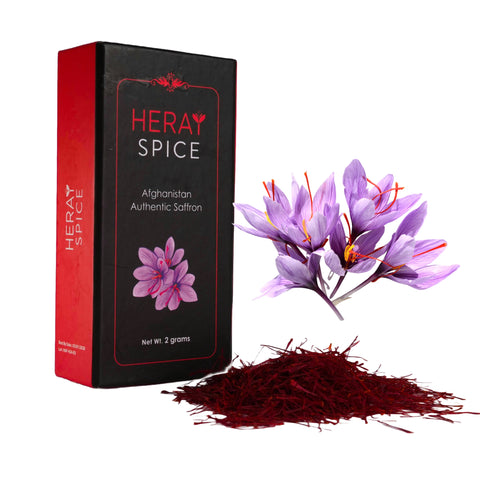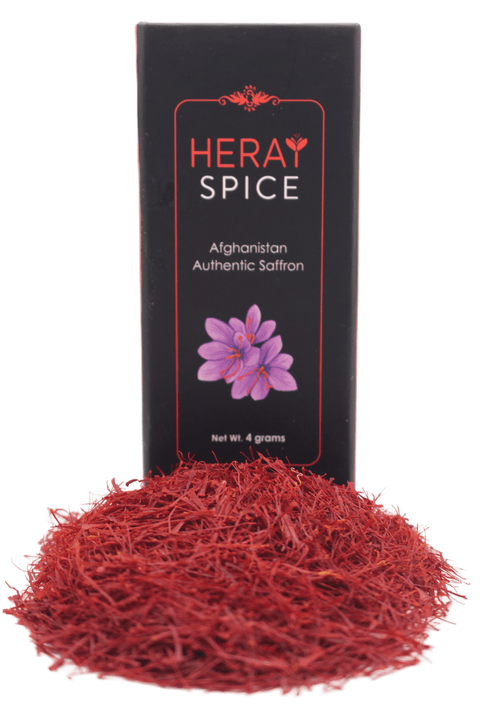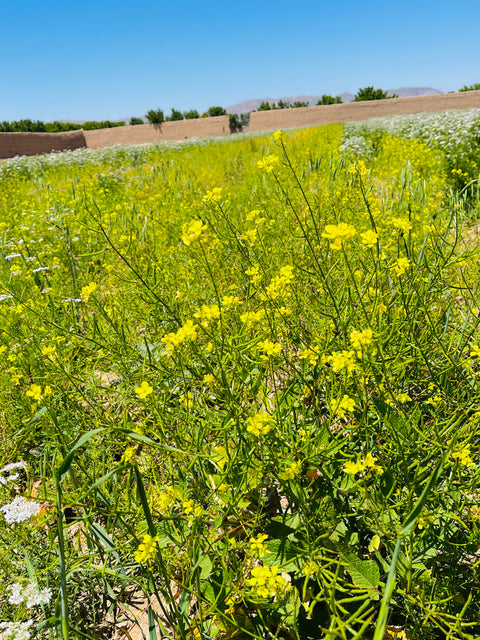Heray is quite proud of the saffron its growers cultivate because it’s not found anywhere else. Afghanistan’s unique climate and soil are what sets it apart from saffron grown in nearby countries, according to the company’s food science experts.
“Afghanistan has a diverse climate due to its location in Central Asia and the Hindu Kush Mountain range,” Fatanah Saeedy, a food scientist at Heray, explained. “Different parts of Afghanistan experience varying climate conditions depending on their altitude and location.
Saffron and other single-origin spices sourced by companies like Heray, POKS Spices, Spice Suite, Burlap & Barrel and even McCormick remain hot global topics as consumers continue to educate themselves about traceable supply chains. From learning more about sustainable measures and ethical labor practices to human-interest stories about the growers, there’s so much to consider.
Salehi’s Chicago-based Heray Spice sources approximately 95% of its ingredients from his homeland of Afghanistan. That includes wild mountain cumin, wild caraway seeds, coriander seeds and, of course, saffron. The latter is his pride and joy because along with his mother and siblings, he harvests saffron on the family farm. In all, he’s assembled 33 family-owned Afghan farms to form a cooperative (24 of those farms source saffron) to harvest and sell Heray’s products.
Through new innovations, successfully navigating a war-torn region and updating an antiquated food safety system, Heray Spice has mastered its supply chain structure for the benefit of its community. As a bonus, the co-op is also giving back 10% of its net income to the Heray Education Fund, which economically empowers women and educates children.
The meticulous process of cultivating Afghanistan’s saffron
According to Salehi, saffron’s official harvest season in Afghanistan is Nov. 20-Dec. 10. That’s when the Crocus sativus, a species of flowering plant in the iris family Iridaceae, is blooming.
Heray is quite proud of the saffron its growers cultivate because it’s not found anywhere else. Afghanistan’s unique climate and soil are what sets it apart from saffron grown in nearby countries, according to the company’s food science experts.
“Afghanistan has a diverse climate due to its location in Central Asia and the Hindu Kush Mountain range,” Fatanah Saeedy, a food scientist at Heray, explained. “Different parts of Afghanistan experience varying climate conditions depending on their altitude and location.
“Overall, Afghanistan's climate is dry and hot during the summer, and cold during the winter. This climate, along with the country's rich and fertile soil, makes it an ideal place for growing saffron. Crocus flower plant requires a dry, hot summer to grow and develop its bulbs, and a cold winter to initiate flowering. The high elevation and mountainous terrain of Afghanistan also provide a unique environment for the saffron plant to thrive.”
Additionally, Saeedy cotinued, the specific conditions of the soil and climate in Afghanistan contribute to the unique flavor and aroma of its saffron.
“The saffron grown in Afghanistan has a deep red color and a strong, sweet aroma with notes of honey and floral undertones,” Saeedy said. “Its flavor is more robust and complex than saffron from other regions, making it highly valued by chefs and food enthusiasts around the world.”
Salehi added that the food safety team recommended that the farmers should not water the crops at least two to three weeks before harvest. “That watering causes the saffron to diminish in color and flavor,” he explained. “[The plants] are [now] redder; they’re more potent; they smell better. There is a definite difference if you compare them to the last two years.”
Because the flowers are so delicate, the contractors use their hands, never machines, to carefully pull out the three saffron strands. Food safety experts are present to observe them to ensure the entire process is sanitary and the quality of the product is top notch.
Salehi emphasized how the new procedure has made a difference for the business. “In 2022, we had a wonderful year with sales and high demand,” he said. “This year, we have a fantastic product because we partnered with Herat University on food safety and supply chain in Afghanistan. And in Chicago, we partnered with the school of Food Science and Nutrition at Illinois Institute of Technology. We wanted to make sure there was food safety, food science and supply chain knowledge coming from a good research-based school.”
New products make saffron more accessible
With Heray working directly with farmers, the middleman is excluded, thereby cultivating an abundance of saffron, which allows it to be more accessible and less expensive for consumers. That’s what inspired Salehi to create saffron-infused oil and liquid, in 2022. Plus, he wanted to show consumers that they didn’t need to use a lot of the spice to enhance dishes and beverages.
Read More on Food & Beverage Insider
